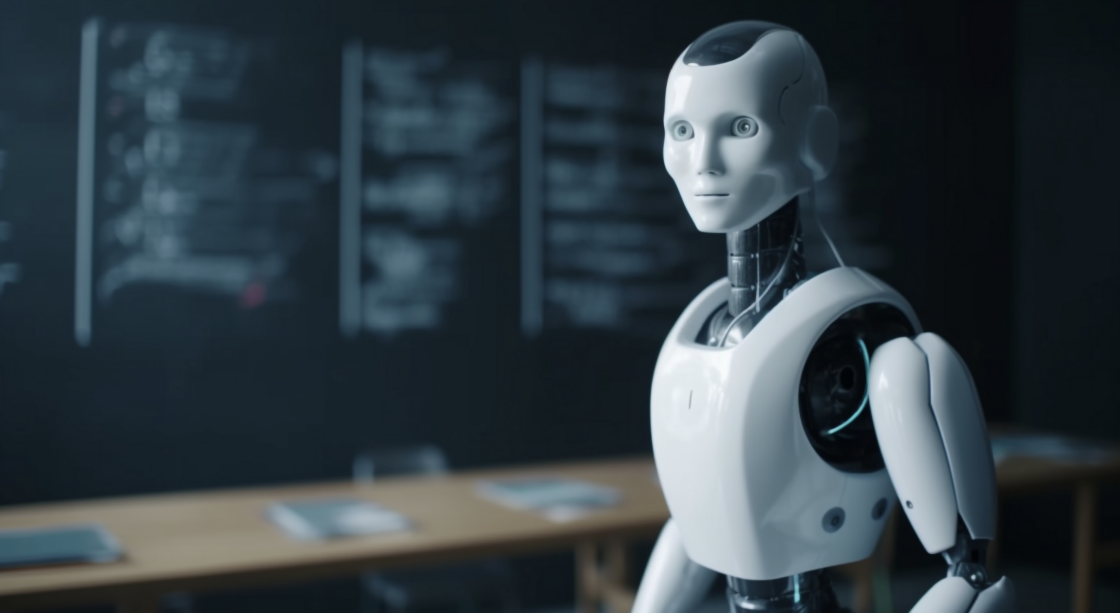In an age where technological advancements seem to leap boundaries with each passing day, the concept of humanoid robots, once confined to the realm of science fiction, is rapidly becoming a startling reality. As we stand on the cusp of what could be the greatest paradigm shift in labour and economy, it is imperative to look at the companies at the forefront of this revolution.
Agility Robotics’ RoboFab
Agility Robotics has been a trailblazer in the field of humanoid robots with its RoboFab series. These robots, known for their remarkable bipedal locomotion, mimic human movement with uncanny precision. What sets Agility Robotics apart is their focus on creating robots that can maneuver through complex environments, making them ideal for tasks in varied terrains and settings.
Tesla’s Optimus
Tesla Optimus represents the automotive giant’s foray into the world of humanoid robotics. Tesla’s approach is centered around creating a multi-functional robot capable of performing tasks ranging from mundane household chores to complex industrial work. The Optimus stands out for its integration of Tesla’s cutting-edge AI and energy-efficient systems.
Boston Dynamics’ Atlas
Boston Dynamics Atlas is a marvel in the world of robotics, known for its fluid, human-like agility. Atlas pushes the boundaries of locomotion and balance in robots, showcasing capabilities such as running, jumping, and even performing backflips. This level of agility makes Atlas uniquely suited for search and rescue missions and other high-mobility tasks.
Sanctuary AI’s Phoenix
Sanctuary AI Phoenix is pioneering in its approach to creating robots with a high degree of cognitive abilities. Their focus is not just on physical human-like features but also on embedding sophisticated AI to enable complex decision-making. Phoenix robots are designed to be adaptable, learning and evolving in diverse work environments.
Figure AI’s Robot
The Figure AI Robot brings a new dimension to the humanoid robotics space, focusing heavily on customization and adaptability. These robots are designed to cater to specific industry needs, with a strong emphasis on modularity and upgradability, ensuring their longevity and relevance in rapidly evolving industries.
Apptronik’s Apollo Humanoid
Apptronik’s Apollo Humanoid Robot represents a significant leap in combining human-like dexterity and strength. Apollo is designed for tasks that require a delicate touch yet robust physical capabilities, bridging the gap between fine motor skills and industrial strength.
The seismic shift brought about by these companies and their humanoid robots is not just a technological marvel but a harbinger of significant changes in the labour market. Fields like manufacturing, logistics, healthcare, and even domestic work are poised for transformation. As these robots take on tasks that were once the sole domain of humans, working tirelessly 24/7 without the need for rest or compensation, we find ourselves at a pivotal moment in history.
It is a time for reflection and preparation. For those in sectors most likely to be affected, this is an opportunity to reassess career paths and upskill in areas that robots cannot easily replicate, such as creative, empathetic, and complex problem-solving skills. For businesses, it’s a call to integrate these technological advancements in a way that complements human labour rather than replaces it entirely.
As we delve into this brave new world, let’s remember that these advancements should aim to enhance human life, making our work more meaningful and our lives more comfortable. The future is here, and it’s walking on two legs – quite literally.
Other Human-Like Robot Company brands
Engineered Arts: A leader in entertainment robotics, featuring:
- Mesmer: A custom-built robot with a lifelike appearance, utilized in both entertainment and education for showcasing realistic robotic technology.
- RoboThespian: Skilled in public speaking and performing arts, demonstrating the capabilities of robots in the entertainment industry.
- Socibot: Known for its facial recognition and interaction skills, this compact robot is employed in customer service and retail sectors.
Hanson Robotics: Specializes in creating highly lifelike robots with sophisticated AI, aiming for genuine human-robot interactions. Their notable robots include:
- Sophia: Renowned for its human-like appearance and conversational abilities.
- BINA48: A robot designed to explore the replication of human consciousness in robotics.
- Little Sophia: An educational robot designed to foster interest in STEM fields.
- Professor Einstein: Created to provide interactive learning in science and mathematics.
SoftBank Robotics: Focuses on designing service-oriented robots with a keen understanding of human emotions. Their prominent robots are:
- Pepper: Engaged in customer service and healthcare, known for its support roles.
- NAO: A versatile and programmable robot, widely utilized in educational and research environments.
- Whiz: Specializes in commercial cleaning, demonstrating the practical utility of robots in routine tasks.
UBTECH Robotics: A pioneering company in consumer robotics, with a focus on educational and entertainment robots. Their product lineup includes:
- Walker: An advanced humanoid robot suitable for both home and commercial use, recognized for its sophisticated features.
- Alpha: Integrates technology with physical activity, famous for its abilities in dancing and martial arts, targeting entertainment and fitness sectors.
The evolution of humanoid robotics represents a profound and enduring transformation in our relationship with technology. It’s not merely a passing trend; it’s a pivotal chapter in the story of human innovation and evolution, reshaping our interactions and perceptions of technological possibilities. This emerging future, actively unfolding in our time, beckons us to engage and contribute, inviting us to be co-authors in this exciting, ongoing narrative of progress and discovery.


